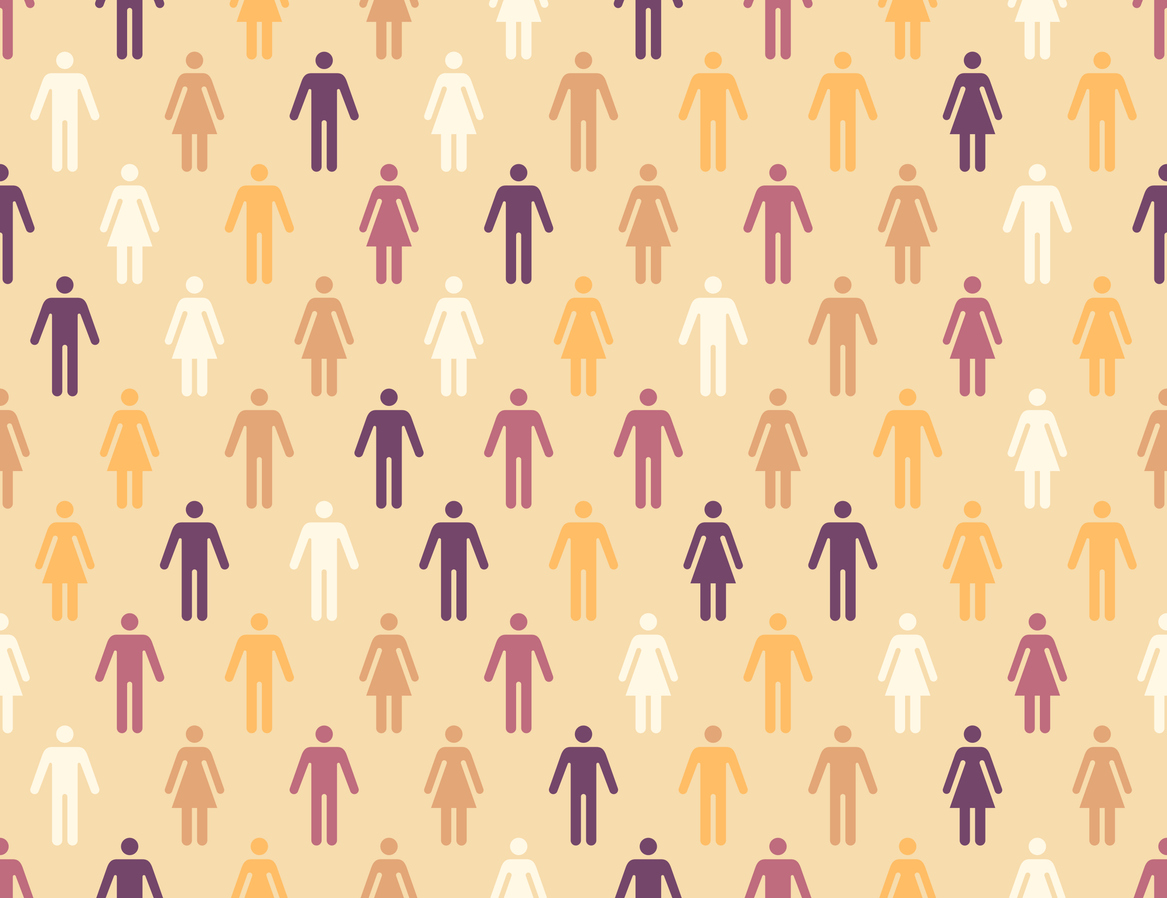Breaking bias: The SELF strategy for inclusive thinking
Breaking bias: The SELF strategy for inclusive thinking
6 minutes

Developing the skills to reduce unconscious bias goes beyond simply raising awareness—it’s about equipping yourself with practical, actionable strategies to counteract automatic tendencies.
Research supports strategies like perspective-taking, making culturally appropriate attributions, and counter-stereotypical imaging as effective tools to mitigate bias.
The short answer is yes—but it’s important to manage expectations. While you may never eliminate unconscious bias entirely, you can reduce its impact significantly.
For example, between 2006 and 2013, participants in an Implicit Association Test study showed a 13.4% decline in unconscious bias favouring heterosexual individuals over lesbian women and gay men. This progress highlights that unconscious attitudes can shift with sustained effort. Change is possible, but it requires conscious, consistent action.
At an individual level, the SELF model helps create the mental space to challenge and reduce unconscious bias.
By training yourself to slow down, empathise, learn, and seek counterexamples, you’re engaging in the only strategies researchers have found to deactivate unconscious bias. These techniques don’t just raise awareness—they actively rewire the brain’s default pathways, enabling long-term change.
Reducing unconscious bias is a journey. It’s about committing to growth and applying evidence-based practices like the SELF model. Change is slow, but it’s real—and every small shift brings us closer to a more inclusive, equitable world.

Hellomonday